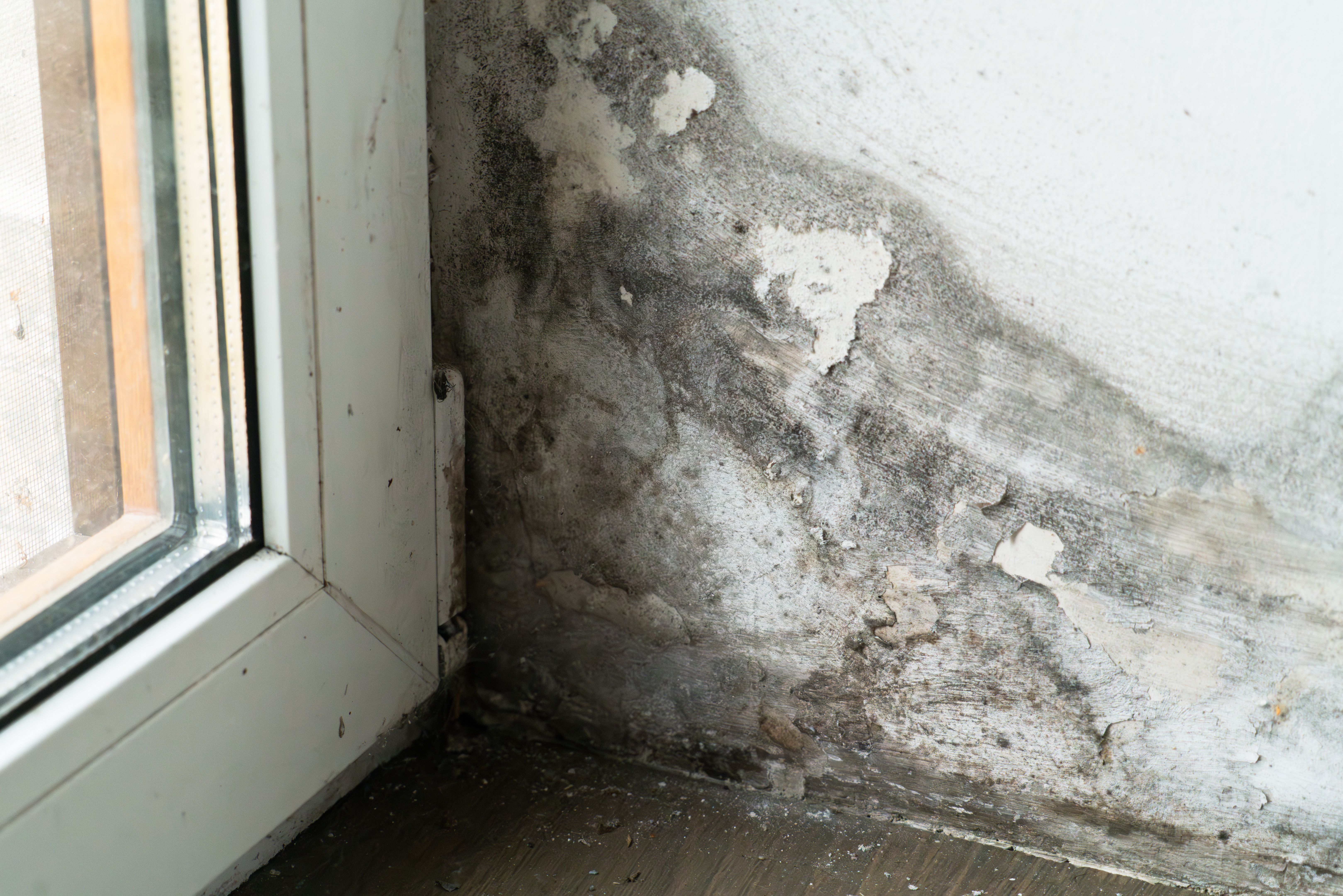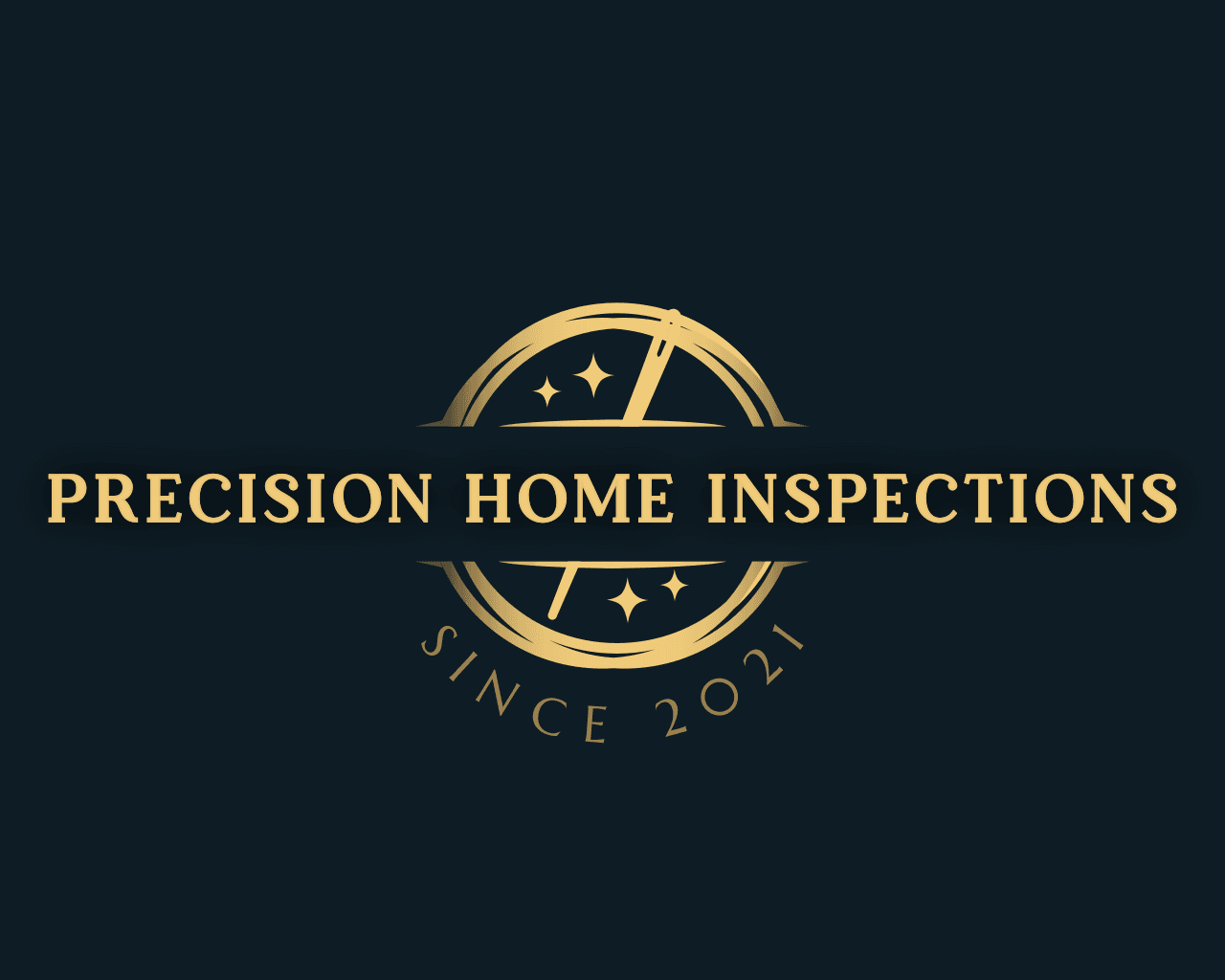Decoding Your Mold Inspection Report
jk
Understanding Your Mold Inspection Report
Mold inspection reports can be complex documents filled with technical jargon and data that might seem overwhelming at first glance. However, with a little guidance, you can easily decode these reports and understand what they mean for your home or property. In this post, we'll break down the key components of a mold inspection report to help you make informed decisions.

Key Components of a Mold Inspection Report
A typical mold inspection report includes several crucial elements. Understanding these can help you grasp the overall condition of your property and the presence of mold. Here are the main components you should be aware of:
- Visual Assessment: This section details the areas inspected and notes any visible signs of mold or water damage.
- Moisture Mapping: Moisture levels in different areas are mapped out to identify potential problem spots.
- Sampling Data: The report may include air or surface sampling results, which provide information on mold spore levels.
Interpreting Mold Levels
One of the most important aspects of a mold inspection report is understanding the mold levels and their implications. Here's how you can interpret the data effectively:
- Low Levels: Generally considered safe, low mold levels indicate minimal risk.
- Moderate Levels: Suggests a need for further investigation or minor remediation.
- High Levels: Indicates a significant problem requiring immediate attention and comprehensive remediation.

Actionable Insights
After reviewing the report, it's essential to determine the next steps. Here are some actionable insights you might consider:
- Consult with a mold remediation professional for high mold levels.
- Improve ventilation and reduce humidity to prevent further mold growth.
- Regularly monitor areas identified as potential problem spots.
Common Terms in Mold Reports
Reports often contain specific terminology. Familiarizing yourself with these terms can enhance your understanding:
- Aspergillus: A common mold type found indoors and outdoors.
- Stachybotrys: Also known as black mold, it requires significant moisture to grow.
- Spore Count: Refers to the number of mold spores per cubic meter of air.
Conclusion
Decoding your mold inspection report doesn't have to be daunting. By understanding the key components and terminology, you can make informed decisions about the health and safety of your property. Remember, addressing mold issues promptly can prevent more significant problems down the line and ensure a safer environment for everyone.
